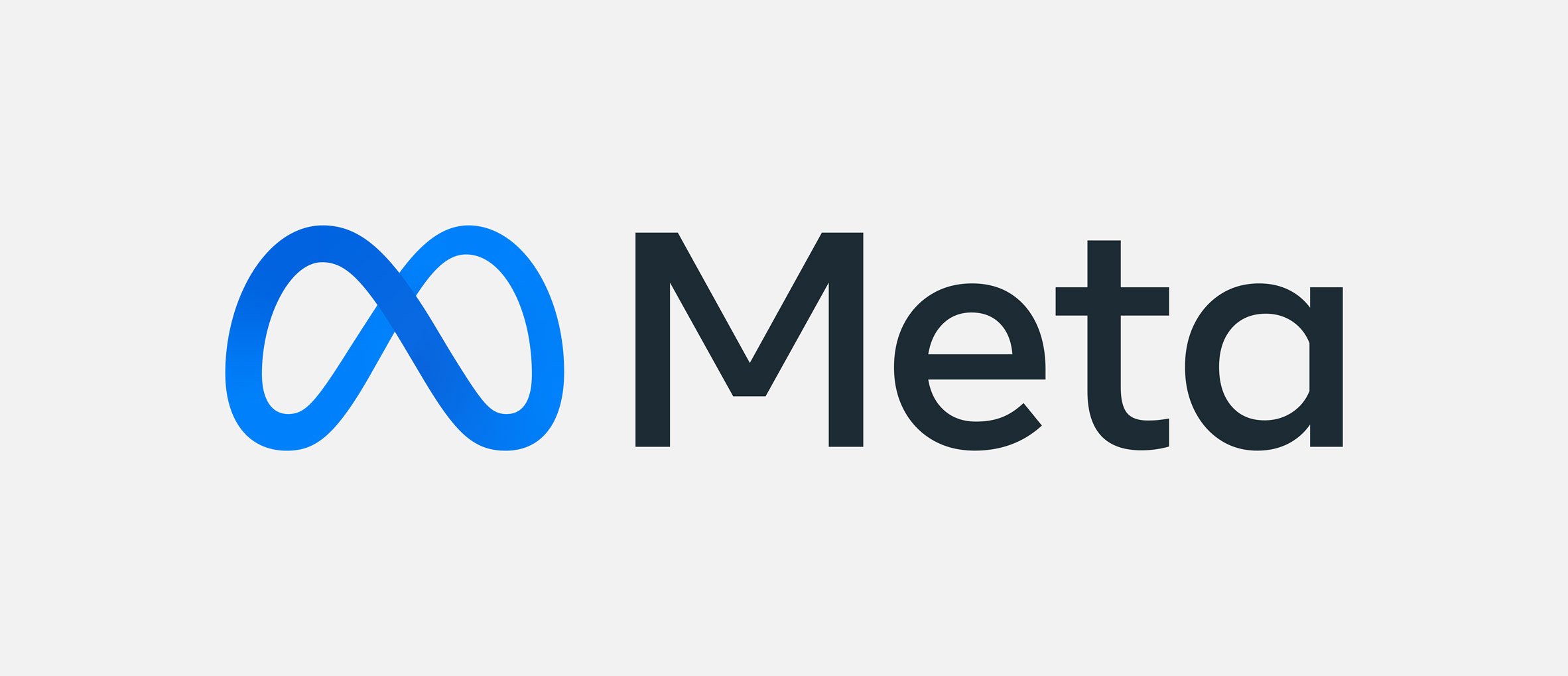Meta may layoff some middle managers.

Employers appear to feel they have plenty of workers, possibly even too many, if the economy slows. This is what has resulted in tens of thousands of layoffs in technology, banking, and other areas. After laying off 11,000 employees in November of last year, Meta Founder and CEO Mark Zuckerberg have allegedly put the company’s middle managers on notice.
According to The Verge’s Alex Heath’s newsletter Command Line, Zuckerberg cautioned managers at a recent all-hands meeting. Meta asserted that the company is not in favor of managers managing managers, and hence the only way to put a halt is to enter into the segment of layoffs.
It seems that the comment implies that the corporation, which will release its quarterly results this week, may lay off more workers. Chris Cox, CPO Meta, concentrated on flattening the system. In one of the greatest layoffs in tech history, Zuckerberg laid off around 11,000 employees in November, accounting for roughly 13% of the worldwide workforce, and extended the hiring freeze through Q1 2023. The parent firm of Facebook and Instagram claimed over 87,000 workers (September 2022).

In a statement, Zuckerberg stated that the business will take extra efforts to become leaner and more effective, including eliminating discretionary expenditure and extending its hiring freeze through Q1. He cited the macroeconomic slump, increasing competition, and advertisements signal loss for the move, stating it caused “revenue to be significantly lower than I’d planned”.
At the onset of Covid, the world was rapidly moving online as more and more people were sitting at home, and the only mode of contact was the digital world. All these resulted in the explosion of e-commerce and gave explosive revenue growth. Many people projected that this would be a long-term acceleration that would last long after the epidemic was over. I felt the same way. Therefore I decided to considerably boost our investments, “Zuckerberg stated.
Meta Founder and CEO Mark Zuckerberg announced in September 2022 that the social network is stopping recruiting across the board, with more layoffs on the way. During the most recent Meta earnings call, Zuckerberg stated that “Over the coming year, we intend to gradually curtail employee growth. Many teams will be reduced in size so that we may focus our efforts elsewhere.”

In May, Zuckerberg imposed a hiring freeze for specific Meta divisions. Meta has a “constant practice” in which employees whose responsibilities are abolished face firing if they do not find new employment within a month. Acknowledging that the social network has suffered an economic slowdown that would have a broad impact on the digital ad sector, Zuckerberg said that many “groups are likely to decrease so we can allocate attention to other areas inside the firm”.
So, what is the real reason for all of these layoffs?
It is well known that, boosted by record sales, computer businesses went on a recruiting binge during the Covid-19 pandemic. Salaries reached new highs as companies competed for top people, and the media was filled with reports about expensive bonuses. So it’s hardly surprising that the average tenure of a newly laid-off employee is around two years. This might imply that, in some ways, these layoffs constitute a rollback of employment practices implemented since the pandemic.
What was more shocking was that the median degree of experience possessed by those who were let go was 11.5 years. So it’s not always true that they are all inexperienced junior workers who may be swiftly replaced or perhaps have their jobs automated. One possible explanation for this trend is that longer-serving employees tend to be paid more, and reducing them might help organizations reach their financial objectives.
However, it is worth noting that the positions and job functions most affected were in human resources, which accounted for 28% of all layoffs. There are two plausible explanations for this. First, if firms are laying off employees, they will also be cutting back on recruiting, and less recruitment implies less need for HR personnel.
However, a second, possibly as important issue is that some HR services are being replaced by automation. There are currently platforms in place that try to automate typical operations associated with interviewing and onboarding new personnel, such as checking references, validating IDs, and conducting health and safety checks. In recent years, it has even been claimed that corporations such as Amazon have utilized AI to discover and terminate underperforming employees.

Finally, one concerning figure from the research that stood out was the fact that just 10% of individuals laid off had so far registered a new job on their LinkedIn accounts. Of course, it’s too early to say if this will lead to long-term unemployment; many may simply be taking a vacation before resuming their job search. Or they may just have not bothered to update their profiles yet. However, watching how this figure evolves over the next several months could provide some intriguing insights into whether or not competent computer professionals may still easily switch professions. It’s very feasible that a significant percentage may choose self-employment or the freelancing gig economy.
Is it possible that the tech behemoths just expanded too swiftly and too far? Is it possible that advances in AI and automation have produced a situation in which replacing people with machines is the quickest way to save money? Although none of the organizations has named automation as a driving cause behind the changes, given the job responsibilities affected and reading between the lines, it’s tempting to conclude that it is a factor.
Is it only employees, or is the organization also affected by layoffs?
When it comes to layoffs, CEOs should proceed with care. Because as the last three years have demonstrated, having too few workers is almost always worse than having too many. Morale drops, and earnings plummet when a company is understaffed. And businesses usually end up paying a large amount of time and effort to re-establish their workforces quickly following layoffs.

The final verdict.
Several analysts refer to the “surge” in big tech during the outbreak as the lockdowns that trapped people indoors, thus halting their daily lifestyles. During the pandemic-induced lockdowns, folks spent more time online shopping, networking, and streaming content, increasing in total demand. However, after lockdowns were removed throughout the world and people returned to their homes, demand was sluggish in contrast. This is in addition to the present increasing inflation in the United States, which has forced digital marketers to cut down on ad expenditure, which practically all internet businesses rely on for income.
Edited by Prakriti Arora




